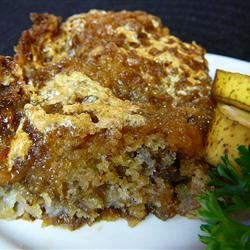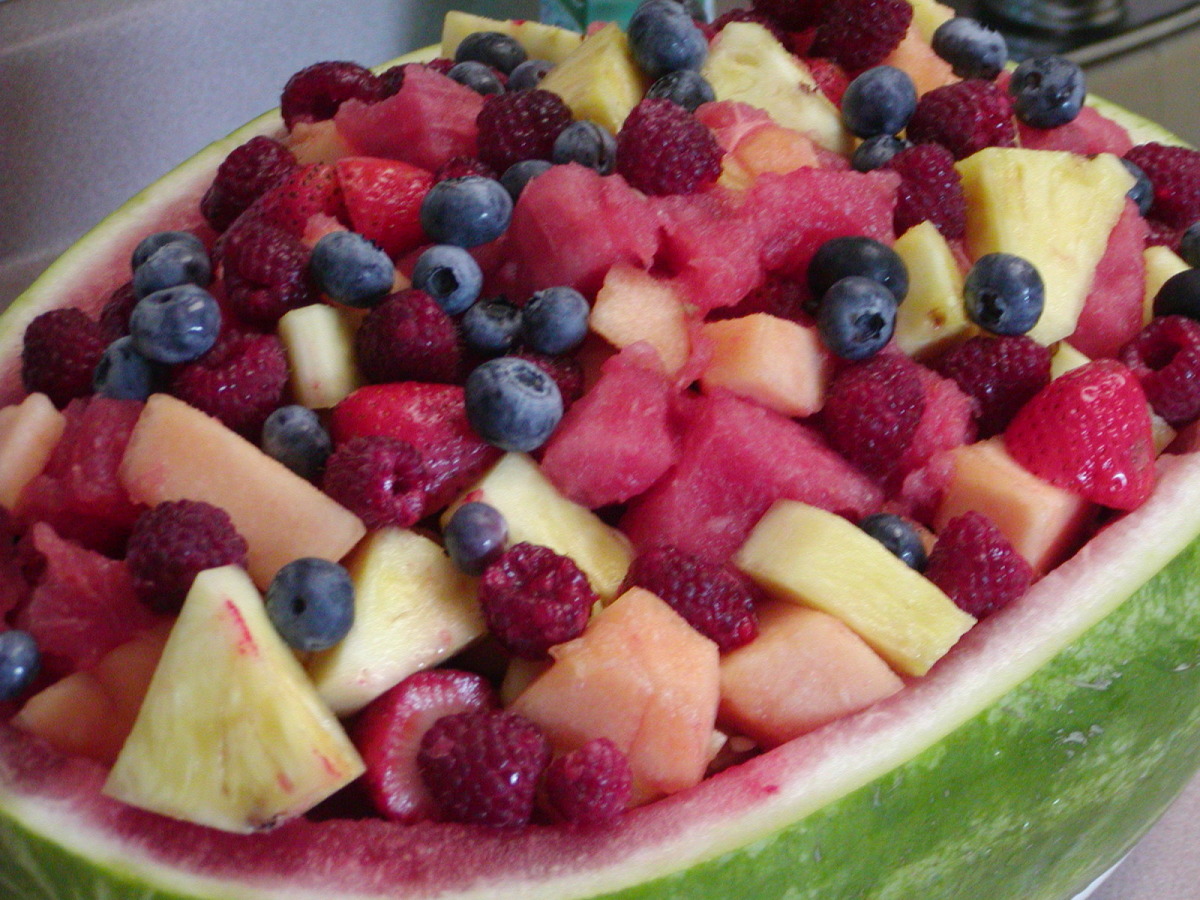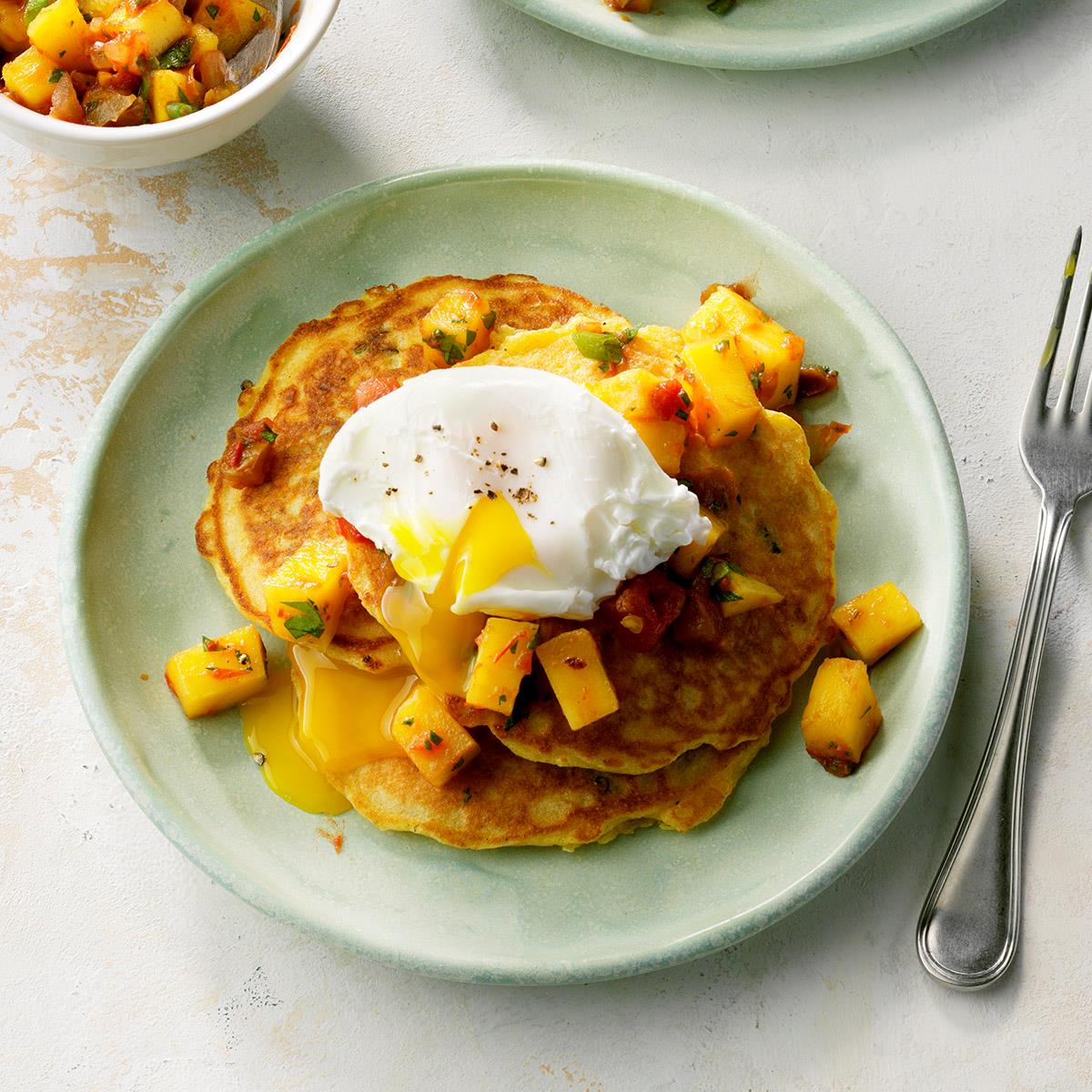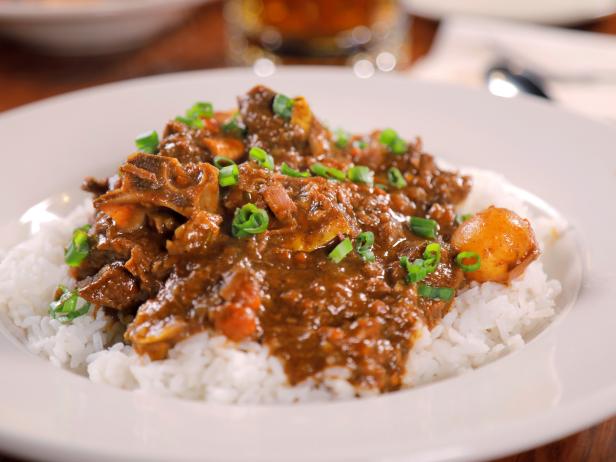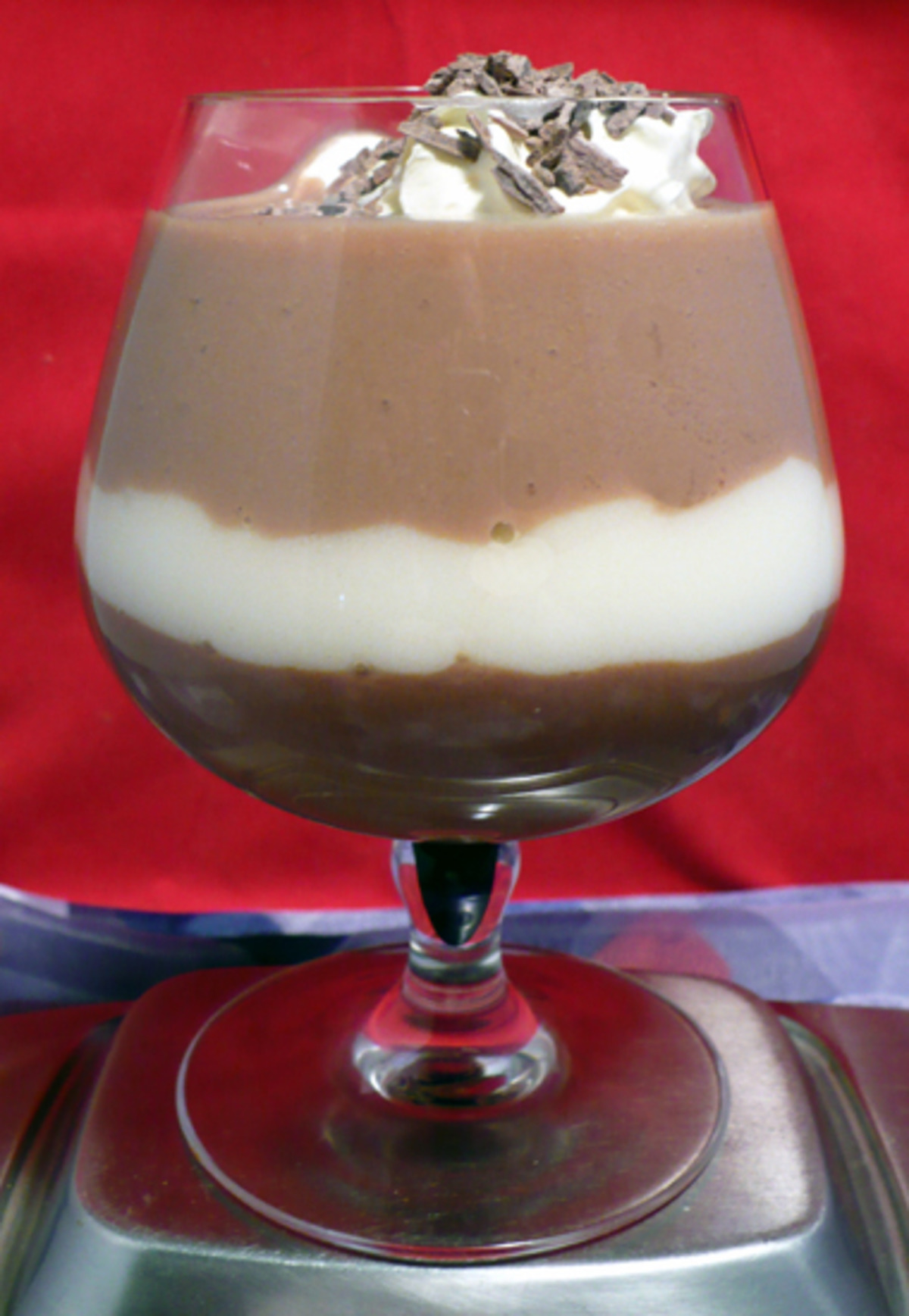**Dive into a Culinary Journey of Preserving Tomatoes with a Burst of Flavors:**
From the vibrant fields of summer to your pantry's shelves, embark on a culinary adventure of preserving tomatoes. This versatile fruit, bursting with natural goodness, offers a plethora of preservation methods, each capturing and amplifying its unique taste. In this comprehensive guide, we present an array of tomato preservation techniques, from classic canning to innovative freezing methods. Discover the art of creating homemade tomato paste, capturing the essence of sun-ripened tomatoes in every jar. Learn the secrets of crafting your own tomato sauce, a versatile foundation for countless culinary creations. Unveil the magic of sun-dried tomatoes, their concentrated flavor adding a burst of umami to various dishes. And explore the convenience of freezing tomatoes, preserving their freshness for year-round enjoyment. With detailed recipes and expert tips, this guide empowers you to transform seasonal tomatoes into a symphony of preserved flavors, adding a touch of homemade goodness to every meal.
PRESERVED TOMATO PURéE

A little work in prime tomato season will help carry bright summer flavors into the cold of January, giving you a base for pasta sauces, gumbo, enchiladas, shakshuka, bouillabaisse - a world of possibility. It's an afternoon of chopping, puréeing, simmering and canning, the heat of the day reminding you that the cooler nights, spicy pasta all'arrabbiatas and warming chana masalas are just around the corner. You'll need three quart-sized jars (32 ounces each) or six pint-sized ones (16 ounces each).
Provided by Cathy Barrow
Time 3h
Yield 3 quart-sized jars or 6 pint-sized jars
Number Of Ingredients 3
Steps:
- Peel, core and roughly chop tomatoes. Put in a large nonreactive pot, cover and simmer 10 minutes. Purée through medium disc of a food mill to remove skins and most seeds.
- Put a rack in a large stockpot or line pot with a folded kitchen towel, then fill with water and bring to a boil. Add quart or pint jars and boil 10 minutes. Jars may be left in warm water until ready to fill. Alternatively, sterilize jars by running them through a dishwasher cycle, keeping them warm in the machine.
- Place canning rings in small saucepan, cover with water and bring to a boil. Turn off heat and add flat lids to soften rubber gaskets. Rings and lids may be left in water until jars are filled.
- Bring purée to a boil, then down to a sturdy simmer and cook to reduce by one third, about 30 minutes. Ladle hot purée into warm jars, leaving a little more than 1/2 inch head space to accommodate lemon juice. If using citric acid, fill to 1/2 inch head space.
- Into every quart jar, add 2 tablespoons lemon juice or 1/2 teaspoon citric acid. For pints, use one tablespoon lemon juice or 1/4 teaspoon citric acid. If using salt, add 1 teaspoon to each quart or 1/2 teaspoon to each pint jar.
- Wipe jar rims clean with a damp towel. Place lids on jars, screw on rings and lower jars upright into pot of boiling water. Return to a full boil and process for 45 minutes for quarts or 35 minutes for pints. If there are mixed sizes, process for the longer time. Transfer jars to a folded towel and let cool for 12 hours. Jars will ping as they seal.
- Once cool, test the seals by removing rings and lifting jars by their flat lids. If a lid releases, the seal has not formed. Unsealed jars should be refrigerated and used within one week or reprocessed. Rings and jars may be reused, but a new flat lid must be used each time.
Nutrition Facts : @context http, Calories 18, UnsaturatedFat 0 grams, Carbohydrate 4 grams, Fat 0 grams, Fiber 1 gram, Protein 1 gram, SaturatedFat 0 grams, Sodium 5 milligrams, Sugar 3 grams
PRESERVED ROASTED TOMATO PURéE

Preserving a glut of tomatoes at the end of summer is a smart (though messy) move for cooks who want those bright flavors in the depths of January. Roasting the tomatoes before puréeing them adds depth and a subtle smoky flavor - a welcome addition to soups and sauces. Use any kind of tomatoes you like, as long as they are ripe; Brandywines and what are often called Rutgers varieties (Reds, Jersey Reds and Ramapos) work well, as do paste or Roma tomatoes. You'll need four pint-sized jars (16 ounces each) for purée storage.
Provided by Cathy Barrow
Time 3h
Yield 4 pint-sized jars
Number Of Ingredients 3
Steps:
- Heat oven to 325 degrees. Core and halve tomatoes and scoop out seeds and gel. Pile tomatoes into a large roasting pan, or on 2 sheet pans, cut side up. Do not add oil.
- Roast tomatoes for 2 hours. Thoroughly purée tomatoes using a blender or immersion blender. It should be smooth and velvety, with no pieces.
- Put a rack in a large stockpot or line pot with a folded kitchen towel, then fill pot with water and bring to a boil. Add pint jars and boil for 10 minutes. Jars may be left in warm water until ready to fill. Alternatively, sterilize jars by running them through a dishwasher cycle, keeping them warm in the machine.
- Place canning rings in a small saucepan, cover with water and bring to a boil. Turn off heat and add flat lids to soften their rubber gaskets. Rings and lids may be left in water until jars are filled.
- In a nonreactive pan, bring purée to a brisk boil for 5 minutes. Ladle hot tomato purée into warm jars leaving 1/2 inch head space, plus room to accommodate lemon juice. If using citric acid, fill to 1/2 inch head space.
- Into every pint jar, add one tablespoon lemon juice or 1/4 teaspoon citric acid. If using salt, add 1/2 teaspoon to each pint jar.
- Wipe jar rims clean with a damp towel. Place lids on jars, screw on rings and lower jars upright into boiling water. Return to a full boil and process for 35 minutes. Transfer jars to a folded towel and let cool for 12 hours. Jars will ping as they seal. Once cool, test seals by removing rings and lifting jars by flat lids. If a lid releases, the seal has not formed. Unsealed jars should be refrigerated and used within three days or reprocessed. Rings and jars may be reused, but a new flat lid must be used each time.
Nutrition Facts : @context http, Calories 138, UnsaturatedFat 1 gram, Carbohydrate 30 grams, Fat 2 grams, Fiber 9 grams, Protein 7 grams, SaturatedFat 0 grams, Sodium 38 milligrams, Sugar 20 grams
Tips:
- Choose ripe, blemish-free tomatoes for the best flavor and texture.
- Use a sharp knife to cut the tomatoes into even slices or chunks.
- To remove the skins from the tomatoes, blanch them in boiling water for about 30 seconds, then transfer them to an ice bath. The skins will easily peel off.
- If you don't have time to blanch the tomatoes, you can also score the skins with a sharp knife before roasting them. This will help the skins to blister and crack, making them easier to remove.
- Roast the tomatoes at a high temperature (400 degrees Fahrenheit or higher) for about 30 minutes, or until they are caramelized and slightly charred.
- Use a food processor or blender to puree the roasted tomatoes until smooth.
- Store the tomato puree in an airtight container in the refrigerator for up to 5 days, or in the freezer for up to 3 months.
- Use the tomato puree in your favorite recipes, such as soups, sauces, stews, and chili.
Conclusion:
Preserved tomato puree is a delicious and versatile ingredient that can be used in a variety of recipes. It's a great way to preserve the flavors of fresh tomatoes and enjoy them all year long. With just a few simple steps, you can easily make your own tomato puree at home. So next time you have a bountiful harvest of tomatoes, be sure to try this recipe!
Are you curently on diet or you just want to control your food's nutritions, ingredients? We will help you find recipes by cooking method, nutrition, ingredients...
Check it out »
You'll also love




